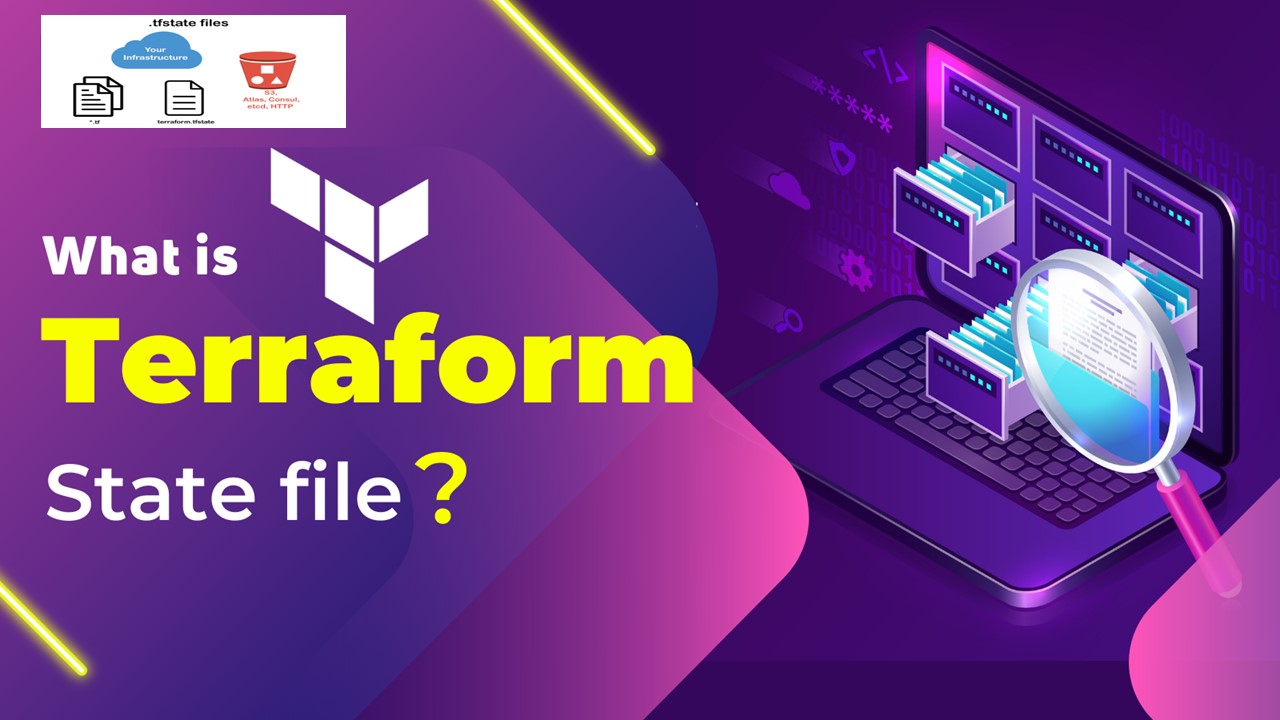Mastering Terraform State Management 🌱
 SWATHI PUNREDDY
SWATHI PUNREDDY
Welcome back to another exciting day of TerraWeek! Today, we're diving deep into the critical aspect of Terraform: state management. Terraform state is the backbone of infrastructure provisioning and management, ensuring smooth operations and accurate tracking of resources. Let's embark on a journey to understand its importance, different storage options, and how to configure remote state management.
Task 1: Importance of Terraform State
Terraform state is like a blueprint of your infrastructure. It keeps track of the current state of resources managed by Terraform. This is crucial because it allows Terraform to understand the relationship between resources, their dependencies, and their current configurations. Without proper state management, Terraform wouldn't know what resources are already provisioned, what changes are pending, or how to reconcile configurations.
By maintaining state, Terraform can accurately plan and execute changes, ensuring that your infrastructure stays consistent with your desired configuration. It also enables collaboration among team members, as everyone can work from the same state file and understand the current state of the infrastructure.
Task 2: Local State and terraform state Command
Terraform supports both local and remote state storage. Local state storage keeps the state file on the same machine where you run Terraform commands. While this is simple to set up, it's not suitable for collaboration or production environments where multiple users or automation systems are involved.
To create a local state file, initialize a Terraform configuration in your project directory:
terraform init
This command initializes Terraform and generates a .terraform directory containing the state file.
The terraform state command is a powerful tool for managing and manipulating resources within your Terraform state. You can use it to inspect the state, move resources, import existing infrastructure, and more. For example, to list all resources in the state:
terraform state list
Task 3: Remote State Management
Remote state management is recommended for production environments and team collaboration. It offers several benefits, including improved security, scalability, and consistency. Popular options for remote state storage include Terraform Cloud, AWS S3, Azure Storage Account, and HashiCorp Consul.
Let's explore setting up remote state management using AWS S3. First, create an S3 bucket to store the state file. Then, configure your Terraform backend to use this bucket:
terraform {
backend "s3" {
bucket = "<your-bucket-name>"
key = "terraform.tfstate"
region = "<your-region>"
}
}
Replace <your-bucket-name> and <your-region> with your S3 bucket name and region, respectively.
Task 4: Remote State Configuration
Now that we've chosen AWS S3 for remote state storage, let's modify our Terraform configuration file to use this backend:
terraform {
backend "s3" {
bucket = "my-terraform-state-bucket"
key = "terraform.tfstate"
region = "us-east-1"
}
}
With this configuration in place, Terraform will automatically store and retrieve state files from the specified S3 bucket. This ensures that your state is securely stored and accessible to all members of your team.
Conclusion
Mastering Terraform state management is essential for effective infrastructure automation. By understanding its importance, exploring different storage options, and configuring remote state management, you can ensure smooth and reliable infrastructure provisioning with Terraform.
Happy Terraforming! 🚀
Subscribe to my newsletter
Read articles from SWATHI PUNREDDY directly inside your inbox. Subscribe to the newsletter, and don't miss out.
Written by
